‘Microbiomics’ is a quickly developing field where all the microorganisms of a given network (a ‘microbiota’) are examined. This could be the microbiota of an ecological example (for example soil or water), a specific body region (for example the gut or the mouth) or from a specific living being (for example domestic or zoo animals).
A microbiome is the network of miniaturized scale life forms living respectively in a specific living space. Humans, animals and plants have their own microbiomes, so as well soils, seas and even other structures.
-Image source: pharmamicroresources.com | dirt-to-dinner.com | downtoearth.org –
What actually a biome is?
Creatures like animals, plants, and even seas and soils have their own individual biomes comprised of particular occupants or inhabitants.
A biome is a biological system or we can say, the ecosystem comprised of widely varied flora and fauna. The word MICRO is utilized for the smaller scale which shows the ecosystem that is undetectable to the natural eye or that are invisible with naked eyes. It is comprised of the most part of microscopic organisms, such as bacteria, viruses, fungi, archaea, and protozoans, which all assume a job in keeping up nature’s environment stable.
However, the microbiome isn’t only a component of humans — plants, animals, soils, seas and oceans too have their own ones as well.
Each microbiome alludes to all the microorganisms and their hereditary material that are found in a particular environment. Keep in mind, microbiome and microbiota are not simply in human beings, there are microbiomes even on structures, underground in the soil, and the sea or oceans.
What are human microbiome?
Is it genuine that we people are having a complex ecosystem – an interpersonal network – facilitating trillions of microbes and different microorganisms?
Truly in fact! The human microbiome comprises of 10-100 trillion symbiotic miroorganisms, especially in the gut. Analyzed cell-wise, the microorganisms living on and in the human body exceeds the human cells by a factor of 1.3:1 with total mass of around 1-3% of the body (for a 60-kg individual that would be 0.6 – 1.8 kg).
-Image source: whatisbiotechnology.org –
Your body is brimming with trillions of microbes, comprising bacteria, fungi, viruses, etc. They are together known as the microbiome.
Both in and outside, our bodies harbor a tremendous cluster these invisible creatures. Other than bacteria, we additionally have single-celled creatures known as archaea, as well as fungi, viruses and different microorganisms – including virus that kill bacteria. Together these are named as the human microbiota.
The term microbiome was introduced by Joshua Lederberg in 2001. He said that it is the biological network of commensal, advantageous symbiotic and pathogenic life forms that share our body space.
Although the human microbiome was characterized as the total genome (a living being’s own complete arrangement of DNA including all the genes) of all microorganisms in and on the human body, the term is currently utilized equivalently to allude to the network of all microorganisms in this habitat.
A network of microorganisms, (for example, bacteria, viruses, fungi, archaea, and protozoans) that possess in a specific environment and particularly the microorganisms living in or on the human body is home to around 100 trillion bacteria and different organisms, all in all known as your microbiome.
-Image source: publicradiotulsa.org –
Various microorganisms live on various sites of the body, favour various nourishments, and perform various complex metabolic functions. There is an oral microbiota of the mouth, a microbiota of the skin that has numerous subcategories (the armpits, nose, feet, and so on.), and a gut microbiota.
Microbiome and microbiota are different or same?
In spite of the fact that the terms are utilized reciprocally, there is a slight variation among microbiome and microbiota.
The microbiome definition in biological science alludes to the microorganisms and their genes, though the microbiota just alludes to the organisms themselves and if we refer only the genes that are present in a particular environment, it is known as the metagenome.
Microbiota portrays the real microscopic organisms, and microbiome is the microorganisms and their genes or hereditary materials.
Is it right to say that we are brought into the world with our microbiome?
Every individual has a kind of unique system of microbiota that is initially dictated by one’s DNA. An individual is first presented to microorganisms as a baby, during delivery in the birth channel and through the mother’s milk. Precisely which microorganisms the baby is presented to relies exclusively upon the species found in the mother. Later on, ecological exposures and diet can change one’s microbiome to be either useful to wellbeing of body or place one at more serious hazard for illness.
-Image source: nature.com-
Indeed, infant life starts sterile, getting its mom’s commensal microbes during birth and breastfeeding, and keeps on being through contact with guardians, grandparents, pets and the earth itself, which is packed with microorganisms take a part in developing one’s microbiome.
During the main initial year of life, the microbiome develops to a grown-up status, making it one of the most intricate biological systems. During this time the nourishment or the nutrients intake have a significant job, deciding the quality of the microbiome. Breastfeeding babies and babies feeding on commercially prepared infant formulas as a nutritious alternative contrasts in their gut microbiota.
The microbiome comprises of organisms that are both useful and possibly destructive. Most are advantageous and symbiotic in nature (where both the human body and microbiota advantage) and a few numbers, are pathogenic (causing disease). In a healthy human body, pathogenic and beneficial microbiota exist together without issues. If there is an unsettling influence in that balance because of the infections, certain weight control plans or improper diet, or the increased utilization of anti-microbials or antibiotics leads to dysbiosis. Accordingly, the body may turn out to be vulnerable to more disease.
-Image source: researchgate.net –
Dysbiosis is the state of imbalance in microbial nature either inside or outside the body.
If we talk about gut, dysbiosis is a condition where the gut microorganisms become imbalanced, prompting a wide range of stomach related problems that includes bloating, constipation, stomach swelling, diarrhoea.
-Image source: vectorstock.com –
The human microbiome includes trillions of organisms that can be isolated into subsections reliant on their area. At the point when we state gut microbiome, we mean the microorganisms (and their genes) that dwell in your colon.
While a few bacteria are related with illness, others are quite significant for your immune system, heart, weight and numerous other things.
Microbial cells including bacteria, fungi, virus and protozoa, resides at the epithelial surfaces of human beings and other multicellular eukaryotes, for example, the gut, oral cavity, skin, and hair. On the whole, these organisms and their hereditary material are known as the microbiome. People and their microbiomes have coevolved throughout centuries, and under homeostasis, exist together in an advantageous relationship. Alteration to the human microbiome, in any case, can bring about disbalance, dysbiosis and sickness. The oral cavity and its bordering augmentations are home to the second most differing microbial populace in the human body. These microorganisms associate with host cells of the mouth, and these collaborations have been shown to play basic role in dental wellbeing and infection as well as in the whole system of body health and sickness.
-Image source: sciencedirect.com –
For what reasons is the microbiome necessary…
The trillions of microbes in your gut impact our wellbeing, digestion, and also protects from illness.
When we think of a words like microbes, microscopic organisms, or bacteria, or virus we will in general consider something awful, yet not all of these microorganisms cause sickness. Truth be told, we depend on them to play out the functions we will be unable to do.
-Image source: theconversation.com –
The microbes in our gut help to breakdown the fibers we eat as of the fact that our bodies don’t deliver enough enzymes for this strenuous task. They transform sugars into advantageous metabolites, as butyrate and nutrients, vitamins.
When we characterize microbiome, we’re alluding to the microorganisms and their hereditary material, and how they add to the wellbeing (or not) of the human body. Keep in mind, pathogens will likewise make up a portion of your microbiome, not simply the advantageous or commensal microbes.
A few microorganisms are stated beneficial as they give fundamental functions to wellbeing of human, such as the creation of several vitamins or butyrate or many other metabolic products. Others are regarded probiotic when they contribute a few significant functions, as Bifidobacterium and Lactobacillus. All different microorganisms have names controlled by a part of science called scientific categorization or Taxonomy.
-Image source: 123rf.com –
We have small quantities of opportunistic microorganisms, which can make us ill if they get a chance or weren’t stopped by the other microbiota. Lastly, there are numerous commensal organisms, which do not cause any harm and live in agreement in the body ecosystem.
Your gut microbiota depicts the distinctive microorganism populaces present in your internal organs like large intestine, including bacteria, archaea, and viruses. It has evolved itself with humans to get themselves where we are today, living in a commonly mutual and symbiotic useful relationship.
Home to trillions of microbial cells, it is a fundamental piece of our biological science that comprise and support numerous physiological functions, keeps up the maintenance of gut lining, and shields us from sickness and disease.
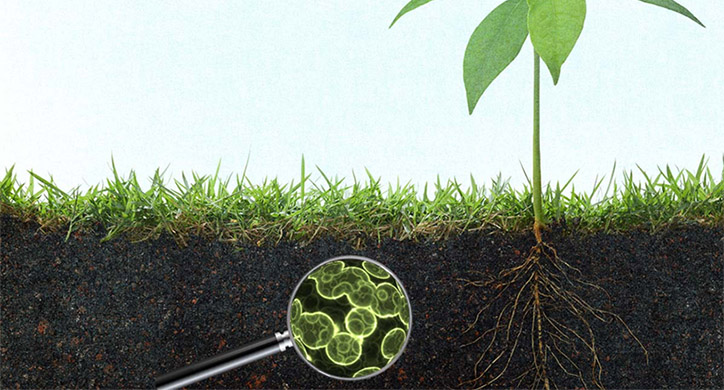
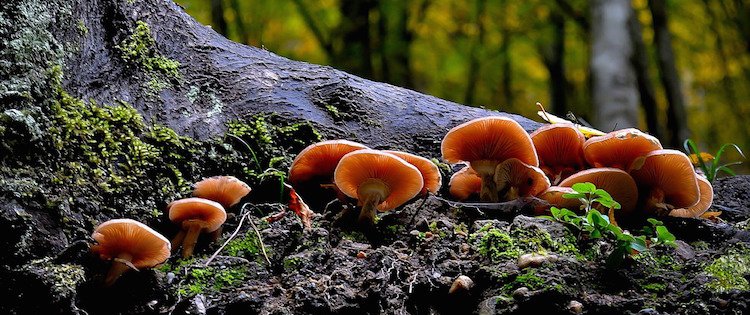
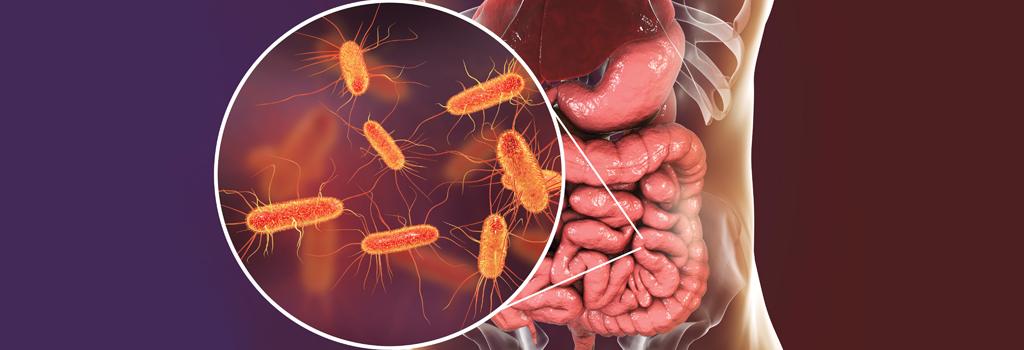


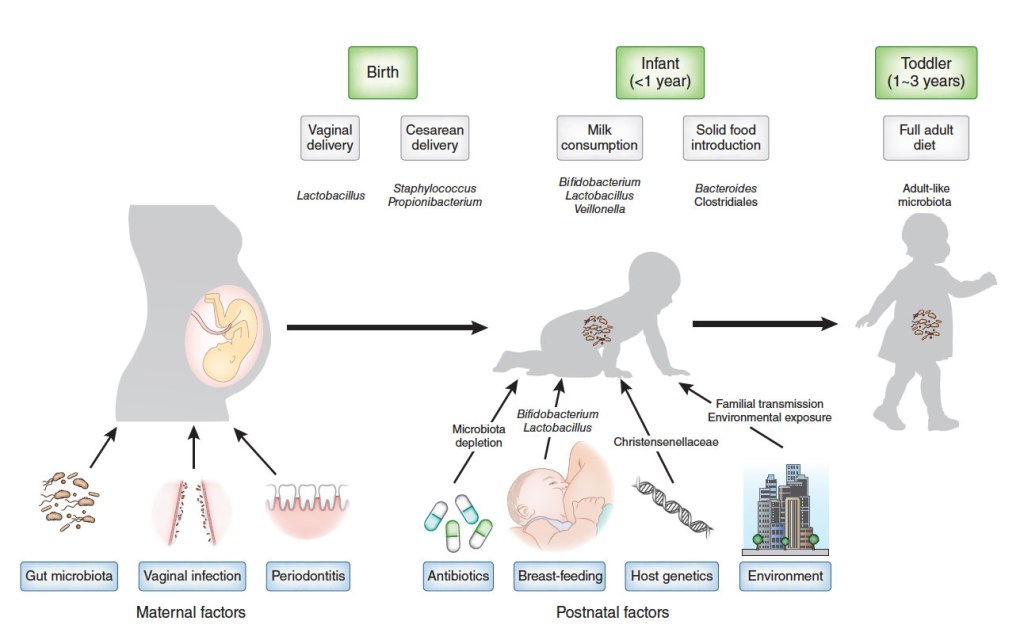

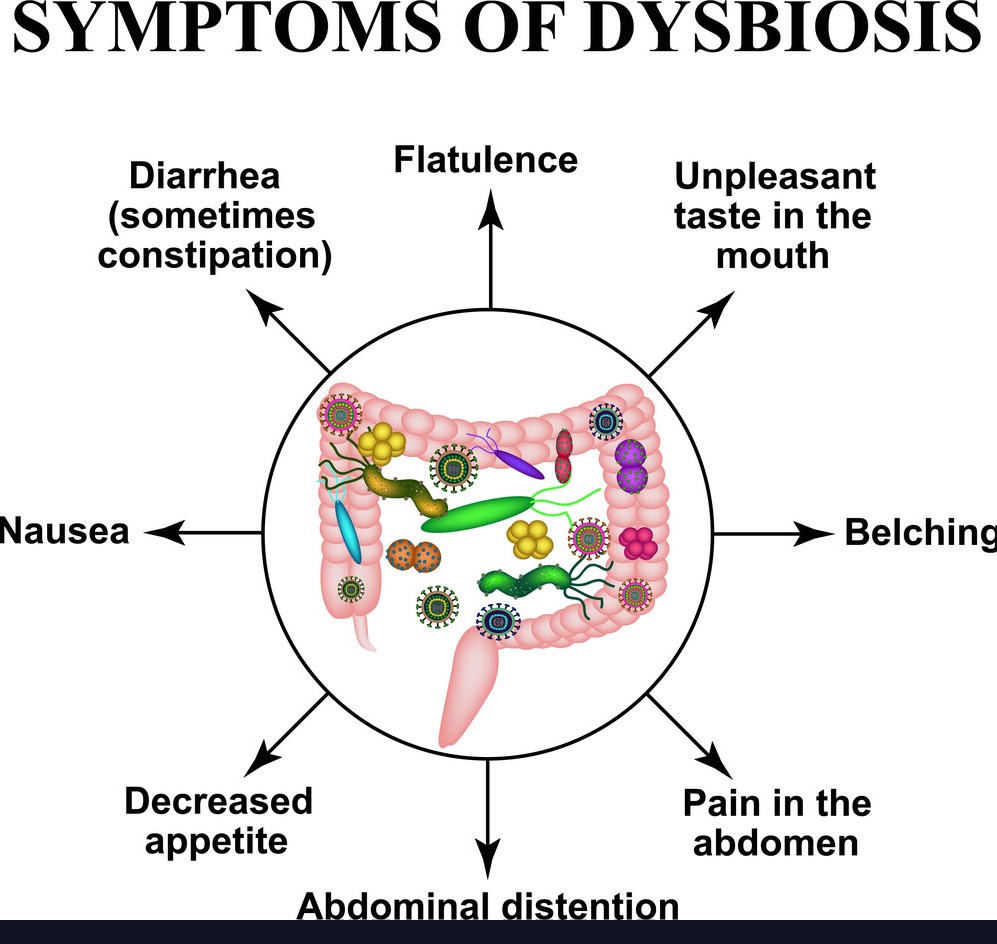

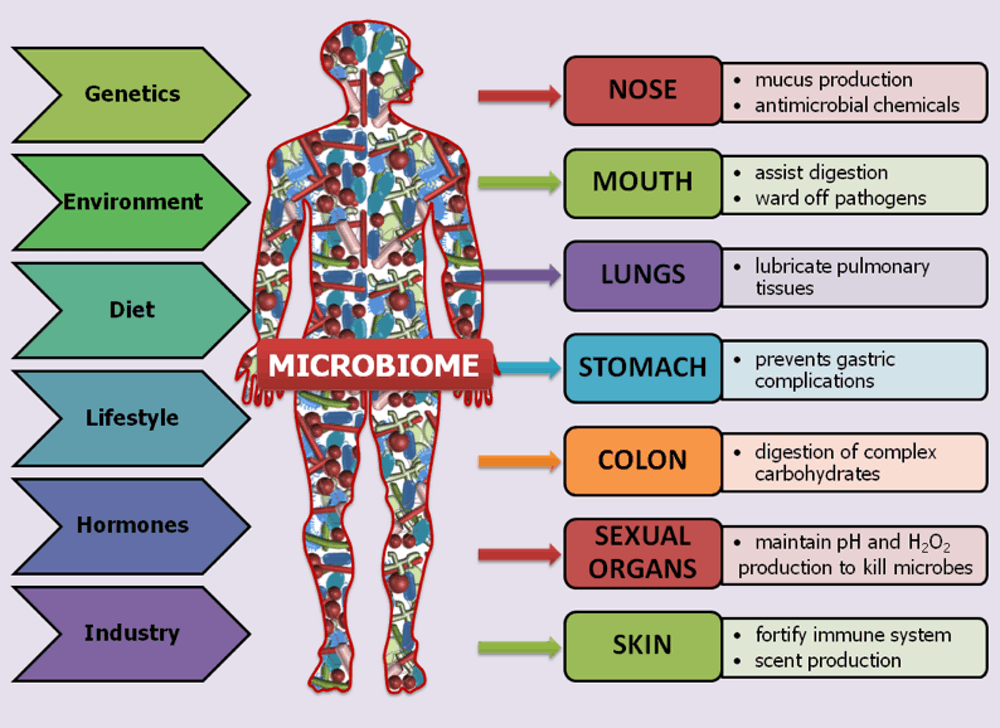


All the Terms are Well explained and systematically organised, Thanks it Helped a lot.
Looking for more Knowledgeable Blogs Further.
LikeLiked by 1 person
Thank u😌…it means a lot.
Stay connected for more such blogs..😂
LikeLike
This is really good blogs for microme
LikeLiked by 1 person
😊Thankyou. Please Support my work by Sharing this Content.
LikeLike
Very impressive blog , especially the usage of simple words to explain it, is praiseworthy.
LikeLiked by 1 person
Thank you so much 😌
LikeLiked by 1 person
Well organised write up. Microbiome is an modern research topic. Informative and awaring post.
LikeLiked by 1 person
Thank u so much …sir😌
LikeLike
Extremely informative and will laid down documentation! Way to go Ishita! Scientist ban ja!
LikeLiked by 1 person
Thank u so much😌…
LikeLike